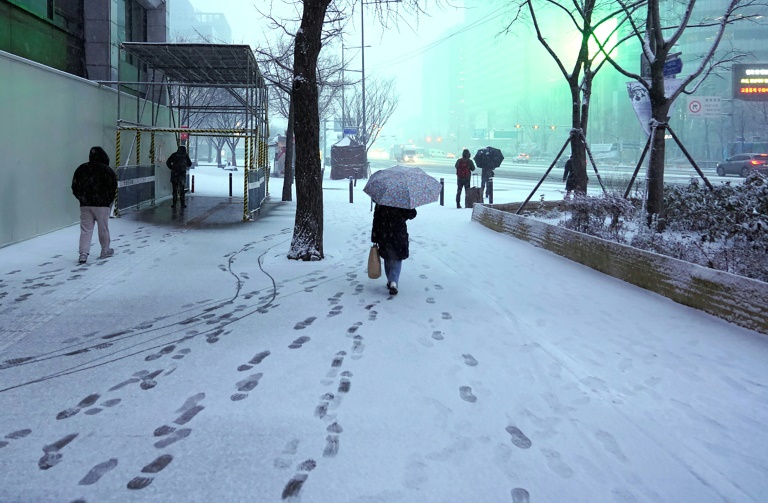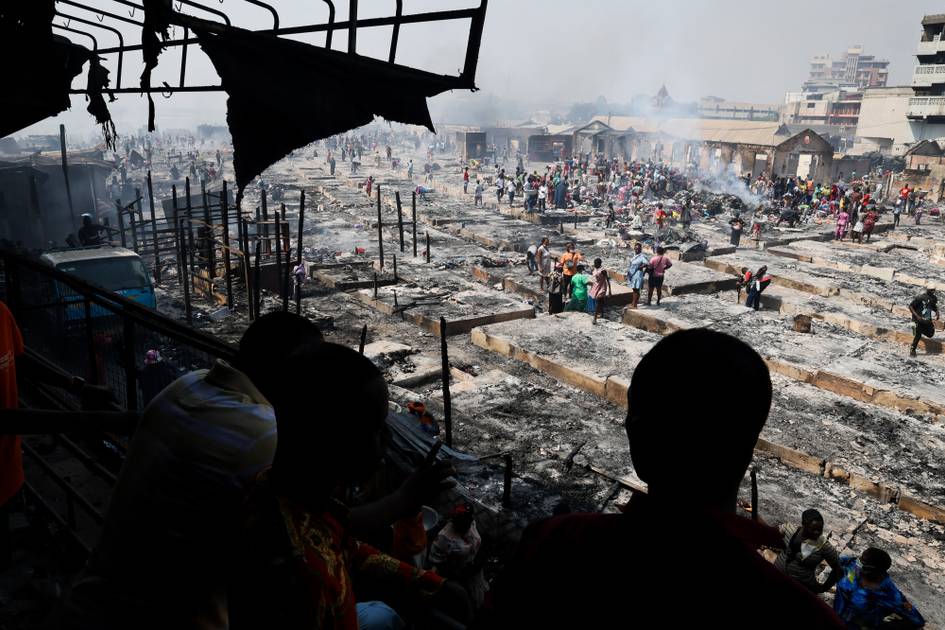Marvel editor Tom Brevoort got his start at Marvel first as an intern in 1989. A treasure trove of knowledge, his newsletter is a must-read for longtime fans, and today, he’s detailed how the editorial structure at Marvel works. It’s a nuts and bolts aspect to comic books that many might not care about, but for some, it’s an intriguing look behind the curtain to understand better how choices are made and how their favorite comics are crafted from the top down.
Per usual, Brevoort’s Q&A portion is filled with tidbits and insights, including a question from comics journalist Zach Rabiroff that spurred a detailed breakdown of Marvel’s editorial structure. Rabiroff asked, “What, these days, is the day-to-day purview and work description of a Marvel Editor in Chief?”
Listen to the latest episode of our weekly comics podcast!
Brevoort’s response was more than adequate in explaining how the process functions, starting with editor-in-chief C.B. Cebulski and going down.
Here’s a rough diagram of what Brevoort describes:
He goes on to describe what is entailed when he edits Avengers:
- So, an issue of AVENGERS, let’s say, is edited by me; my on-the-books job description is Executive Editor, but on that title, I am the Editor.
- I hire the creative team, with input from the EIC as well as the Talent Management department, which tracks all of our creators, making sure that our contractual obligations to them are fulfilled and charting when a given creator might be available for a new assignment.
- I read and comment on the script, as do Associate Editor Annalise Bissa and Assistant Editor Martin Biro to a lesser extent. The three of us track the series throughout its production and look over and okay each page of art at each stage of development. When it’s time to letter, we’ll wind up reading a given issue somewhere in the neighborhood of four times each, making alterations catching typos, and improving clarity wherever possible. During that same time, an independent proofreading team will read the book twice, and it will also be read by an otherwise uninvolved Read-Out editor in order to get some fresh eyes on it.
- If this book wasn’t being edited by an Executive Editor like myself, it woudl typically also be read over by the Senior or Executive Editors above that editor in the chain of command, or often both.
- And after the entire book is completed, it passes through a final content review that flags any elements that might cause us trouble, either legally or in the manner that it might be misinterpreted by the readership.
- On an as-needed basis, the EIC may be called upon to review some aspect of the issue at this point to adjudicate whether something might need to be revised or not.
There you have it: How a comic book is made from an editorial standpoint!
Join the AIPT Patreon
Want to take our relationship to the next level? Become a patron today to gain access to exclusive perks, such as:
- ❌ Remove all ads on the website
- 💬 Join our Discord community, where we chat about the latest news and releases from everything we cover on AIPT
- 📗 Access to our monthly book club
- 📦 Get a physical trade paperback shipped to you every month
- 💥 And more!







